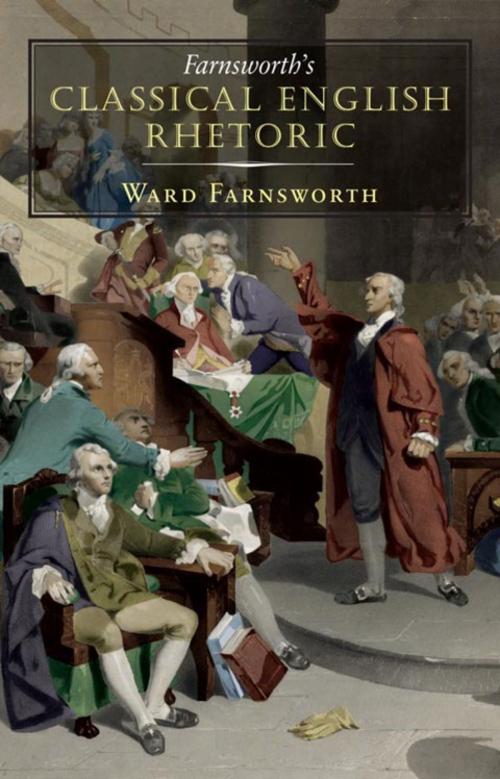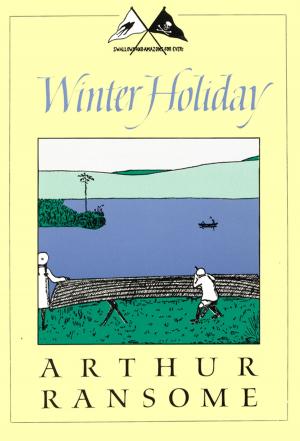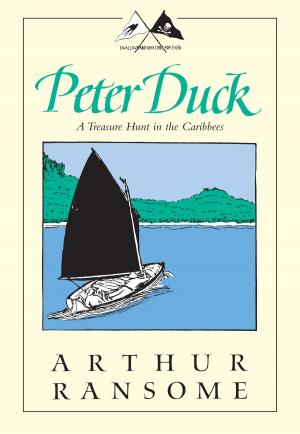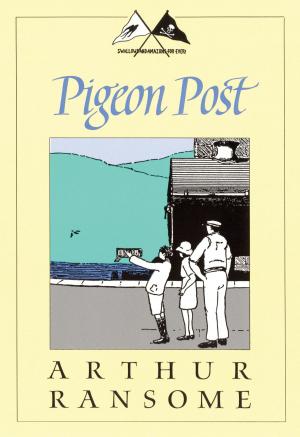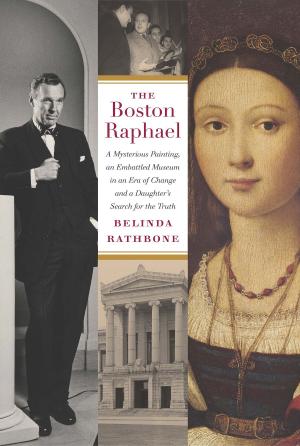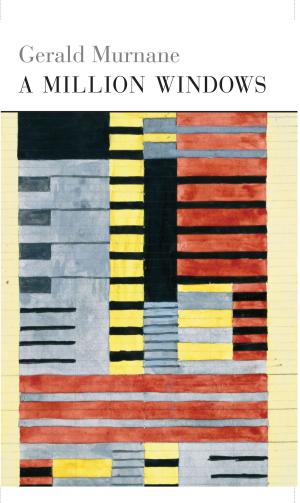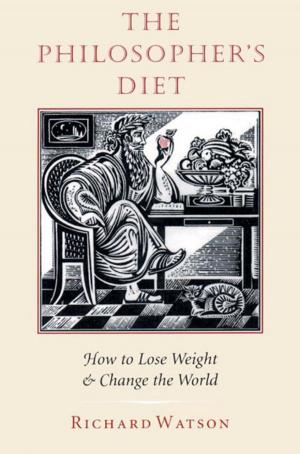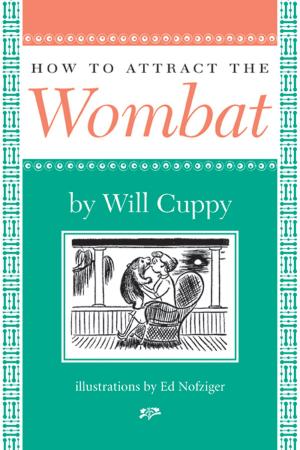| Author: | Ward Farnsworth | ISBN: | 9781567924671 |
| Publisher: | David R. Godine, Publisher | Publication: | November 1, 2010 |
| Imprint: | David R. Godine, Publisher | Language: | English |
| Author: | Ward Farnsworth |
| ISBN: | 9781567924671 |
| Publisher: | David R. Godine, Publisher |
| Publication: | November 1, 2010 |
| Imprint: | David R. Godine, Publisher |
| Language: | English |
Masters of language can turn unassuming words into phrases that are convincing, effective, and memorably beautiful. Lincoln and Churchill had this power: having heard their words once, the reader or listener can scarcely imagine the world without them. What are the secrets of this alchemy? The answer lies in rhetoric in the honorable sense of the word – not the dronings of bad politicians, but the art of using language to persuade, influence, or otherwise affect an audience. Rhetoric in this sense is among the most ancient academic disciplines, and we all use it every day whether expertly or not. This book is a lively set of lessons on the subject. It is about rhetorical figures: practical ways of applying old and powerful principles – repetition and variety, suspense and relief, concealment and surprise, the creation of expectations and then the satisfaction or frustration of them– to the composition of a simple sentence or a complete paragraph. Though first examined in classical Greece and Rome, these techniques also were studied closely by earlier generations of the best English writers and orators and were often employed by them to exquisite effect. Classical English Rhetoric recovers this knowledge for our times. It organizes, illustrates, and analyzes the most valuable rhetorical devices with impeccable clarity and in unprecedented detail. The book amounts to a tutorial on eloquence conducted by virtuoso faculty: not just Lincoln and Churchill, but Dickens and Melville, Edmund Burke and Thomas Paine, and more than a hundred others. The result is a new addition to the list of indispensable books for the writer or speaker – a highly useful reference tool, and a rewarding source of instruction and pleasure for all lovers of the English language.
Masters of language can turn unassuming words into phrases that are convincing, effective, and memorably beautiful. Lincoln and Churchill had this power: having heard their words once, the reader or listener can scarcely imagine the world without them. What are the secrets of this alchemy? The answer lies in rhetoric in the honorable sense of the word – not the dronings of bad politicians, but the art of using language to persuade, influence, or otherwise affect an audience. Rhetoric in this sense is among the most ancient academic disciplines, and we all use it every day whether expertly or not. This book is a lively set of lessons on the subject. It is about rhetorical figures: practical ways of applying old and powerful principles – repetition and variety, suspense and relief, concealment and surprise, the creation of expectations and then the satisfaction or frustration of them– to the composition of a simple sentence or a complete paragraph. Though first examined in classical Greece and Rome, these techniques also were studied closely by earlier generations of the best English writers and orators and were often employed by them to exquisite effect. Classical English Rhetoric recovers this knowledge for our times. It organizes, illustrates, and analyzes the most valuable rhetorical devices with impeccable clarity and in unprecedented detail. The book amounts to a tutorial on eloquence conducted by virtuoso faculty: not just Lincoln and Churchill, but Dickens and Melville, Edmund Burke and Thomas Paine, and more than a hundred others. The result is a new addition to the list of indispensable books for the writer or speaker – a highly useful reference tool, and a rewarding source of instruction and pleasure for all lovers of the English language.
